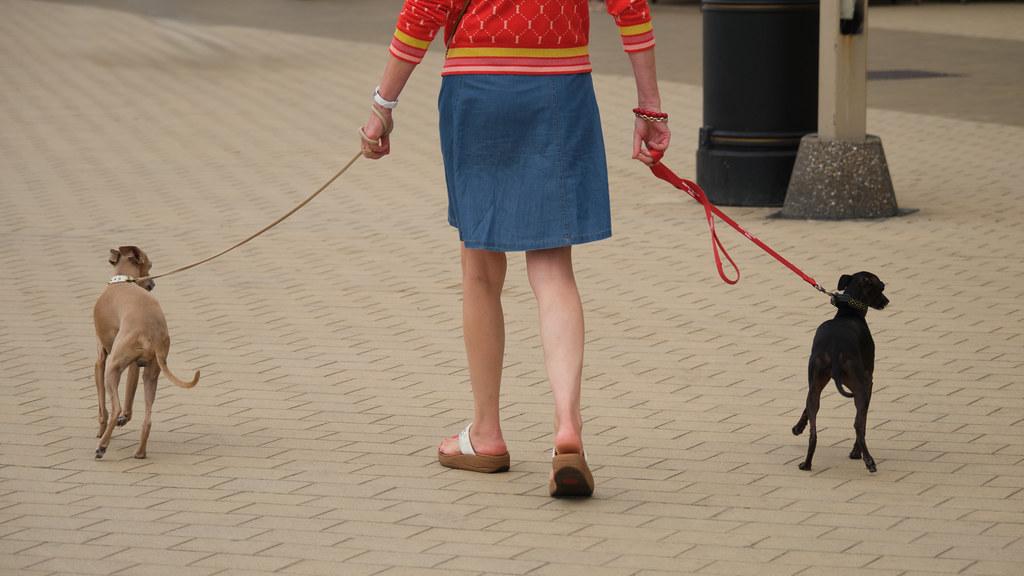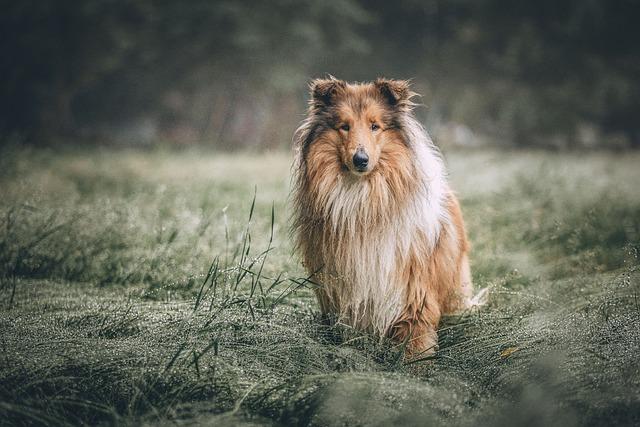When it comes to our furry companions, few sights are as heartwarming as watching them romp and frolic with fellow canine friends. Yet, as a responsible pet owner, you might find yourself wondering: is rough play among dogs all fun and games, or could it potentially lead to problems? Understanding the dynamics of canine interactions is essential to ensuring your dog’s safety and well-being. In this article, we will explore the nuances of rough play among dogs, helping you recognize healthy play behaviors and identify when intervention might be necessary. With a focus on fostering positive social experiences, we aim to guide you in making informed decisions about your dog’s playtime activities, ensuring they remain joyful and secure.
Understanding Canine Social Dynamics for Safe Play
When observing dogs at play, it’s essential to recognize the subtle signals that indicate whether the interaction is enjoyable for all parties involved. Canine social dynamics are complex, and what may appear as roughhousing can actually be a mutual and healthy form of communication. However, understanding the nuances of these interactions is key to ensuring safe play. Here are some signs that can help you determine if play is friendly:
- Play bows: A common invitation to play, where one dog lowers its front legs while keeping its rear end up.
- Role reversals: Dogs taking turns being on top during wrestling or chasing each other.
- Loose and wiggly body language: Relaxed tails and soft mouths indicate that the dogs are enjoying themselves.
- Brief pauses: Short breaks in play can signify mutual consent and a chance to catch their breath.
Being able to read these cues allows you to gauge when intervention might be necessary. If you notice signs of stress or aggression, such as raised hackles, stiff body posture, or persistent chasing without role reversal, it might be time to gently redirect their attention. Monitoring your dog’s play not only ensures their safety but also fosters a positive social environment for all dogs involved.

Recognizing the Signs of Healthy Roughhousing
Understanding the nuances of canine play is essential for ensuring both fun and safety. Healthy roughhousing between dogs is characterized by a balance of mutual enjoyment and respect. Look for signs such as:
- Play bows: Dogs often signal their playful intentions with exaggerated bows, front legs stretched forward and hindquarters raised.
- Loose and wiggly bodies: A relaxed, wagging tail and fluid movements indicate that both dogs are having fun.
- Role reversals: In healthy play, dogs often take turns being on top or being chased, demonstrating an understanding of fairness.
Be attentive to the sounds and signals exchanged during play. Playful growls should sound more like a friendly rumble than a threatening snarl, and dogs should frequently pause to check in with each other. These pauses, often accompanied by soft eye contact or a brief moment of stillness, are a dog’s way of ensuring that the game remains enjoyable for both parties.

Guiding Your Dog Through Positive Play Experiences
When it comes to fostering positive play experiences for your dog, it’s essential to create a safe and enriching environment. Positive play is not only about the physical activity but also about nurturing social skills and mental stimulation. Here are a few tips to guide you:
- Observe Body Language: Pay attention to both dogs’ body language. Loose, wiggly movements and wagging tails are usually signs of happy play, whereas stiff postures and bared teeth may indicate stress or aggression.
- Set Boundaries: Establish clear rules for playtime. Teach your dog commands like “leave it” or “enough” to help manage interactions.
- Choose the Right Playmates: Match your dog with playmates that have similar play styles and energy levels. This ensures that both dogs can enjoy the play session without overwhelming each other.
Remember, the goal is to make playtime a joyful and enriching experience. Positive reinforcement is key. Reward your dog with treats and affection when they play nicely, reinforcing good behavior and strengthening your bond.

Setting Boundaries and Knowing When to Intervene
As a responsible dog owner, it’s essential to establish clear boundaries during playtime to ensure a safe and enjoyable experience for all dogs involved. When observing your dog at play, look for signs that the interaction is consensual and enjoyable for both parties. Body language is key: relaxed postures, wagging tails, and play bows are all positive indicators. However, it’s crucial to be vigilant and intervene if any of the following occur:
- Excessive barking or growling that seems aggressive rather than playful.
- Pinned ears or a tucked tail, which can indicate fear or discomfort.
- One dog consistently dominating the play, not allowing the other to take a break.
- Escalating roughness that results in yelping or signs of pain.
Knowing when to step in requires a balance of observation and understanding of canine behavior. If you notice any distress or aggressive signals, calmly separate the dogs and allow them to cool down. By setting these boundaries, you ensure that playtime remains a positive and enriching experience for your furry friend.

